
“Choosy” Eaters
An article with tips for feeding choosy eaters.
When babies turn into toddlers, their growth slows, and so does their appetite! Combine that with the fact that they’re developing their own preferences, and mealtime can become a bit frustrating.
When it comes to feeding kids, you control the “what” and “when,” and your child controls whether to eat, and how much. Here are more ideas to consider as you help kids build healthy food habits and make sure they get the nourishment they need:
- Think of your child’s diet over the course of a few days—every day doesn’t have to have the perfect balance. The nutritional variety they need might happen over several days, not within one day. As long as your child has energy and is growing, they’re probably eating enough.
- Stick to set meal and snack times and keep those times pleasant and media-free.
- Encourage your child to pay attention to their body and when it is full, and trust what they tell you. Don’t force them to clean their plate.
- Keep offering healthy choices: “Would you like broccoli or carrots for dinner?” Involve kids in choosing and preparing food. Figure out the healthy foods they really like (for instance, clementines are small, delicious, and fun to peel).
- Invite kids to join the “two-bite club.” It can take many, many tries over time before a child’s taste buds “accept” a food! Remind them they don’t have to like or love vegetables, but our bodies still need them. To avoid waste, offer new foods in small amounts and wait at least a week before trying again.
- Build “food bridges.” Once your child accepts a food, introduce another one that is similar (for instance, mashed sweet potatoes can become a bridge to mashed carrots).
- Kids are more likely to dislike sour or bitter flavors, so pair those tastes with one they usually prefer, such as salty—for instance, serve broccoli with grated cheese.
- Have a little fun! Use cookie cutters to cut bread, cheese, or cold cuts into shapes, or arrange pieces of food on a plate so that it looks like a face. You can also get creative in describing healthy foods (“Broccoli looks like mini trees—eat your forest!” “Cauliflower looks like white trees.”)
Special thanks to the team at the American Academy of Pediatrics. For more tips on feeding picky eaters, click here.
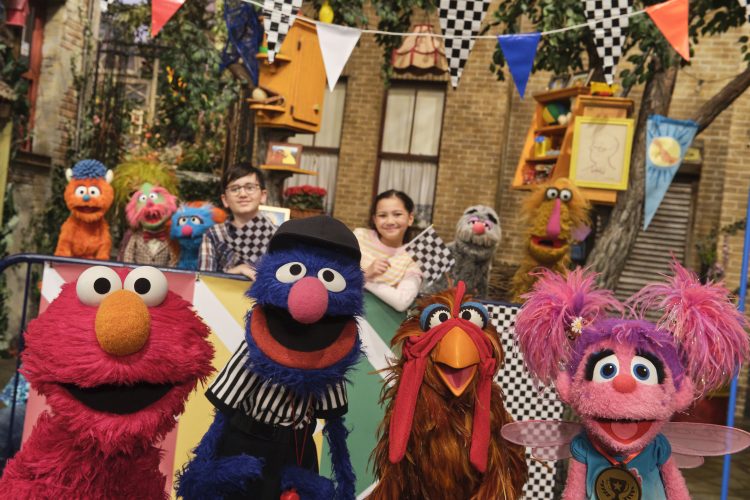
Watch and Play: Elmo Runs the Race
Watch this episode and explore ways to extend the learning at home.
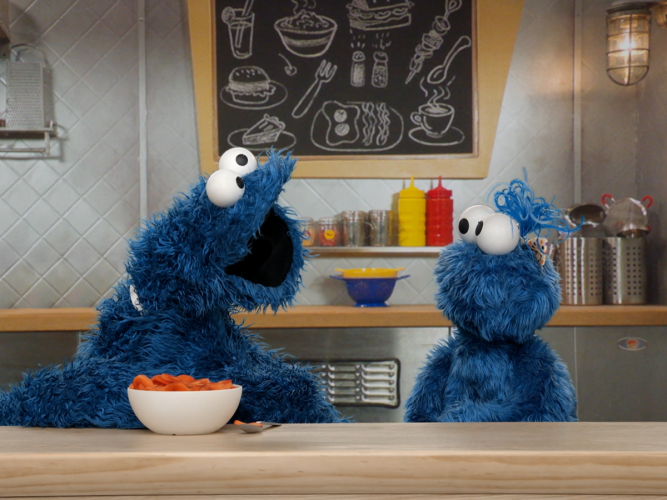
To Like or Not to Like
Like most children, Cookie Monster’s niece is a little… choosy. Check out his strategy for helping her try a new food!
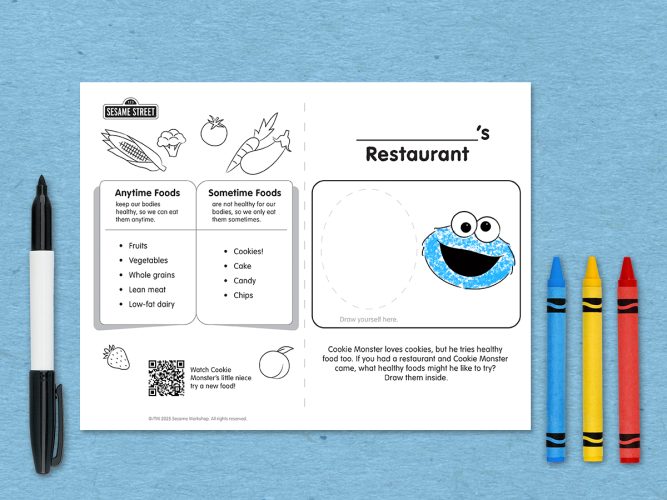
Choosy Eating
Children can help Cookie Monster try healthy foods.

My Whole Healthy Life: Meet Reignen
A video about the different ways a Native American child and his family stay healthy.

My Whole Healthy Life: Meet Wa.Sta.Tse
A video about the different ways a Native American child and her family stay healthy.
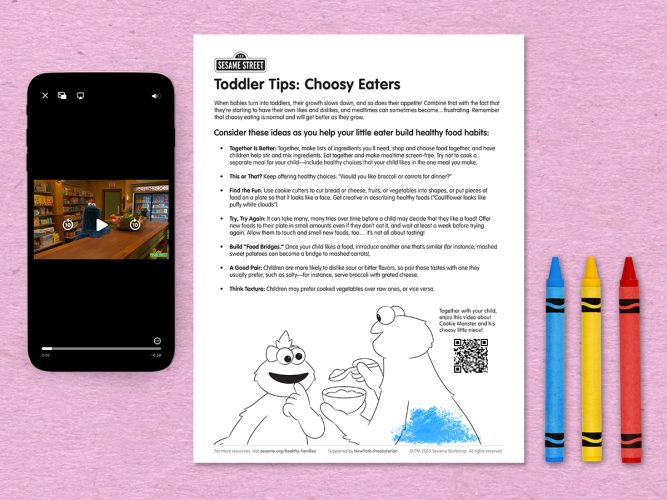
Toddler Tips: Choosy Eaters
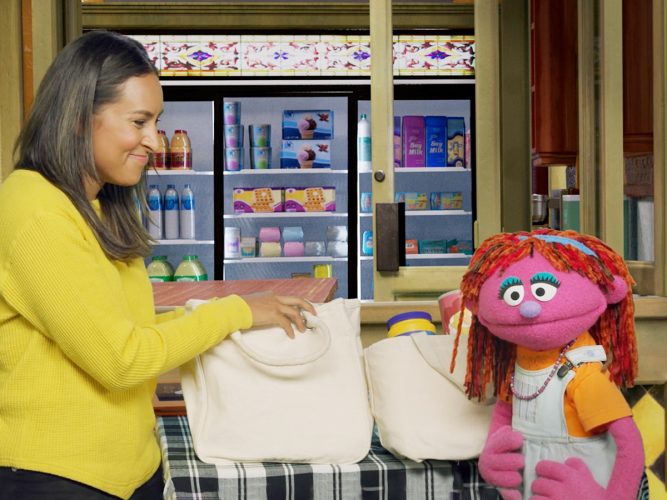
Food Insecurity
Health and well-being are rights for all children, but food insecurity affects many families.
